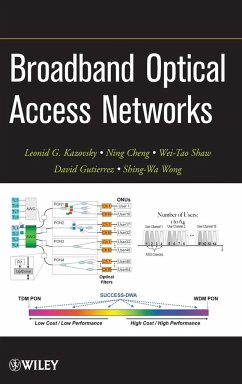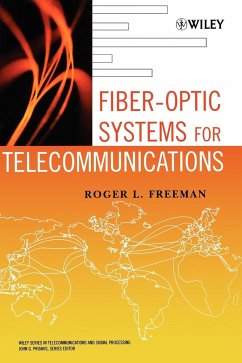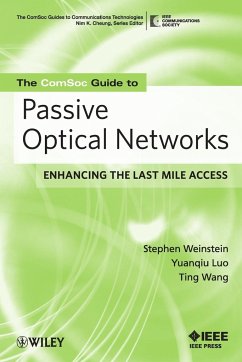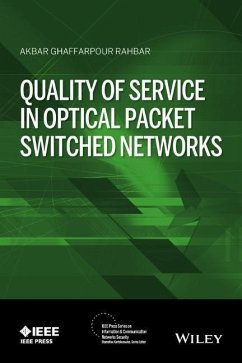
Optical Networks
Versandkostenfrei!
Versandfertig in über 4 Wochen
124,99 €
inkl. MwSt.
Weitere Ausgaben:

PAYBACK Punkte
62 °P sammeln!
Gigabit-capable passive optical networks (G-PON) have a large and increasing base of support among telecommunications operators around the world. Written by two of the experts in the field, this book explains G-PON in detail, both the original 2.5 Gb/s version and XG-PON, the 10 Gb/s second generation. The foundation established by this book is also invaluable in understanding NG2 (next-generation 2) G-PON, which is built upon a number of XG-PON systems on parallel wavelengths. As well as a history that clarifies the reasons for many of the existing features, the book looks at current and evol...
Gigabit-capable passive optical networks (G-PON) have a large and increasing base of support among telecommunications operators around the world. Written by two of the experts in the field, this book explains G-PON in detail, both the original 2.5 Gb/s version and XG-PON, the 10 Gb/s second generation. The foundation established by this book is also invaluable in understanding NG2 (next-generation 2) G-PON, which is built upon a number of XG-PON systems on parallel wavelengths. As well as a history that clarifies the reasons for many of the existing features, the book looks at current and evolving technology and discusses some of the alternatives for future access networks.












